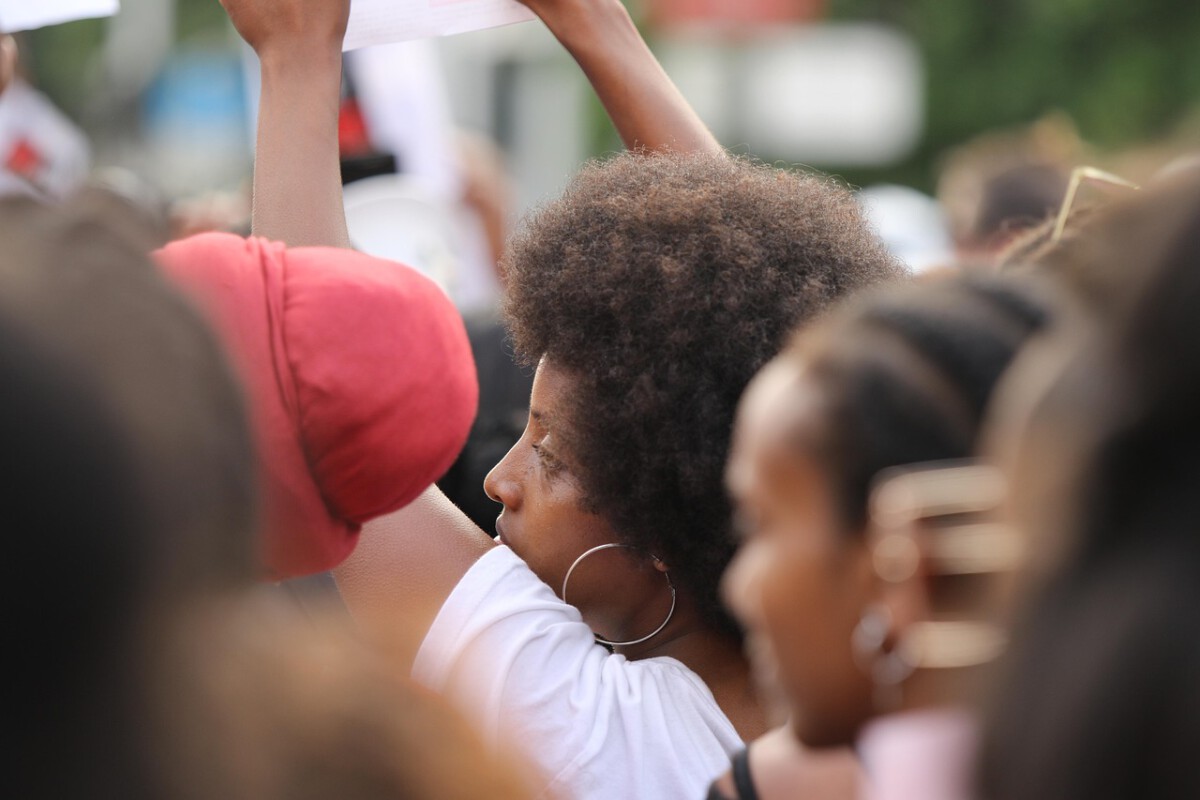
The Spark Igniting Nationwide Fury (Image Credits: Pixabay)
Under a crisp autumn sky, voices rose in unison across city streets, carrying a message of resistance that echoed far beyond the immediate crowds.
The Spark Igniting Nationwide Fury
Picture this: millions of people flooding the avenues of major cities, their signs waving like flags in a gathering storm. That’s the scene from just days ago, when the “No Kings” protests erupted in over 2,500 locations nationwide. These weren’t scattered gatherings; they formed a coordinated pushback against what many see as an overreach in presidential authority.
Organizers report nearly seven million participants stepping out, a number that dwarfs previous mobilizations. This surge comes amid Trump’s second term, where executive orders have reshaped federal structures and deployed troops against local wishes. Critics argue these moves erode democratic norms, fueling a fire that’s now burning brighter than ever.
Yet the real intrigue lies in the momentum building. With each rally, the movement gains steam, drawing in everyday folks who feel the stakes couldn’t be higher.
Cracking the 3.5% Code for Change
Here’s a startling fact: history shows that nonviolent movements succeed when they rally at least 3.5% of a population. No exceptions, according to researchers like Erica Chenoweth. The anti-Trump wave is inching toward that mark, and experts are watching closely.
Rachel Maddow highlighted this threshold recently, noting how the “No Kings” events pushed participation numbers into the millions. If sustained, this could tip the scales against authoritarian leanings, much like past uprisings that toppled regimes without a shot fired. The math is simple but profound – translate those millions into a percentage, and you’re staring at a potential turning point.
Still, reaching it demands consistency. One-off protests grab headlines, but repeated action builds the unbreakable force needed for real impact.
From Streets to Global Echoes
The energy didn’t stop at U.S. borders. Similar rallies popped up in European cities, linking arms with American demonstrators in a show of international solidarity. This global ripple underscores how Trump’s policies resonate worldwide, from trade tensions to human rights concerns.
Back home, states mobilized the National Guard in anticipation, yet reports confirm the events stayed peaceful. Organizers emphasized unity over chaos, focusing on messages about preserving checks and balances. It’s a reminder that collective voices can pressure power without descending into disorder.
Key Grievances Driving the Crowds
At the heart of it all are specific flashpoints. Trump’s expansion of executive power tops the list, with orders dismantling agencies and targeting perceived foes through law enforcement. Add in the government shutdown and calls for prosecuting enemies, and you see why frustration boils over.
Protesters aren’t just venting; they’re demanding accountability. Themes of democracy under threat weave through every chant, every placard. This isn’t abstract politics – it’s about everyday freedoms feeling squeezed.
One common thread? A rejection of what some label as fascist tendencies, though Trump dismisses such claims as overblown. The divide runs deep, pulling in diverse groups from progressives to moderates worried about the future.
Obstacles Ahead for the Movement
Not everything’s smooth sailing. Counter-protests from pro-Trump factions, including ties to groups like Antifa critics, add tension. Plus, with midterms looming, sustaining turnout amid daily life challenges tests resolve.
Legal hurdles loom too. Challenges to protest permits and media coverage biases could dampen visibility. Yet history favors persistence – movements that weather these storms often emerge stronger.
Funding and organization play roles here. Grassroots efforts keep costs low, but scaling up requires smart strategy to avoid burnout.
What’s Next in This Pushback Saga?
Looking forward, the midterms could amplify or deflate the drive. If the 3.5% holds, expect bolder actions, perhaps influencing policy reversals or electoral shifts. Analysts point to Trump’s own words on Fox News, where he defended his approach as crisis management, but skeptics see a pattern of consolidation.
Communities are already planning follow-ups, turning protest energy into voter drives. This evolution from streets to ballots might just be the movement’s smartest play.
- Track local events to join or support safely.
- Share stories from the ground to build awareness.
- Engage in discussions about democratic safeguards.
- Vote with the bigger picture in mind come election time.
- Connect with organizers for sustained involvement.
Key Takeaways
- The “No Kings” protests drew millions, nearing the critical 3.5% participation threshold for successful movements.
- Focus remains on curbing executive overreach and protecting democratic institutions.
- Sustained, peaceful action could lead to meaningful policy and electoral changes.
In the end, this isn’t just about one man or one term – it’s a stand for the republic’s soul. As the crowds thin but the resolve hardens, the question hangs: will this threshold become the catalyst for lasting change? What do you think about it? Tell us in the comments.



